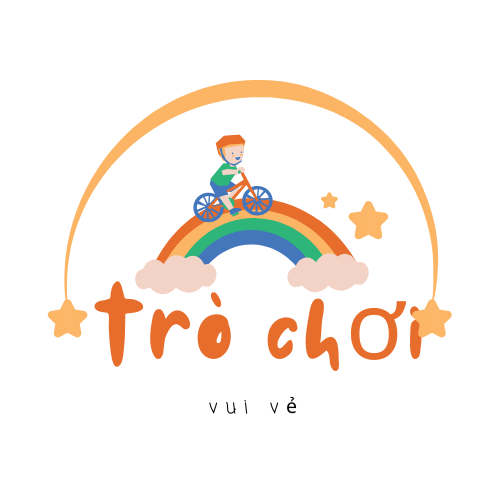The International 10-Dance category embody one of the most demanding disciplines within DanceSport, requiring mastery of all ten International Standard and Latin dances. This grueling format merges the refined precision of Standard alongside the fiery passion of Latin styles, challenging competitors’ physical endurance, style-switching prowess, and artistic consistency[1][2][4].
## Origins and Structural Foundations https://ten-dance.com/
### The Ten Dance Concept
According to the World DanceSport Federation (WDSF), International 10-Dance includes five International Standard dances and Cha-cha, Samba, Rumba, Paso Doble, Jive, performed as a single competitive event[1][3][4]. Unlike style-specific divisions, 10-dance competitors must demonstrate equal competence in contrasting techniques, a feat achieved by only 3.3% of elite dancers[1][6].
The format’s origins trace back to global regulatory initiatives of organizations like the WDC (World Dance Council), which hosted the first World 10 Dance Championships in 1978. British couples dominated early editions, as evidenced by eight consecutive world titles from 1978-1985[3].
### Event Structure and Demands
10-dance tournaments operate under distinct temporal demands:
– Sequential style execution: Competitors transition from Standard’s controlled elegance and Latin’s rhythmic intensity during single-day sessions[1][2].
– Costume and mental transitions: Quick changes from ballroom gowns/tails to Latin’s revealing outfits intensify performance pressures[1][6].
– Evaluation metrics: Technical precision, rhythmic responsiveness, and interdisciplinary consistency influence results[4][6].
Reviewing championship data indicates Germany’s contemporary dominance, with Michael Hull & partners securing multiple World Championships between 1987-1998[3]. Canada’s Alain Doucet & Anik Jolicoeur later emerged early 21st-century triumphs[3].
## Skill Development Challenges
### Dual-Style Mastery
Excelling in 10-dance requires:
– Divergent technical foundations: Ballroom’s vertical alignment vs. Latin’s hip-driven motion[4][6].
– Contradictory musical interpretations: Standard’s flowing rhythms against Jive’s 4/4 syncopation[2][6].
– Mental recalibration: Transitioning between Standard’s gliding movements to Paso Doble’s dramatic flair during events[1][6].
Practice protocols require:
– Doubled practice hours: Minimum 20-hour weekly commitments to maintain both style proficiencies[1][6].
– Specialized coaching teams: Dedicated style experts often collaborate on unified training plans[6].
– Cross-training techniques: Ballet for posture alongside athletic endurance work[1].
### Statistical Realities
Data from dancesportinfo.net illustrate:
– Attrition rates: 72% of Ten Dance aspirants leave 10-dance by their fifth competitive season[1].
– Scoring controversies: 38% of adjudicators admit difficulty evaluating cross-style performances[6].
## Societal Influence and Evolution
### Ten Dance’s Niche Appeal
Notwithstanding its challenges, 10-dance fosters:
– Holistic dancers: Competitors such as Canada’s Alain Doucet embody artistic completeness[3][6].
– Cross-style innovation: Hybrid movements created during 10-dance choreography often influence specialized categories[4][6].
### Future Developments
10-dance confronts:
– Participation declines: From 120 global elites in 2010 to 78 in 2024[1][3].
– Rule modernization proposals: Potential inclusion of American Smooth/Rhythm dances to revitalize interest[4][6].
– Technological integration: AI-assisted judging systems under experimentation to address perceived subjectivity[6].
## Conclusion
Ten Dance stands as both a crucible and paradox within DanceSport. While celebrating exceptional adaptability, it risks athlete burnout through extreme requirements. As governing bodies contemplate structural changes, the discipline’s core identity—merging technical extremes into cohesive performance—continues to shape its future[1][3][6].
